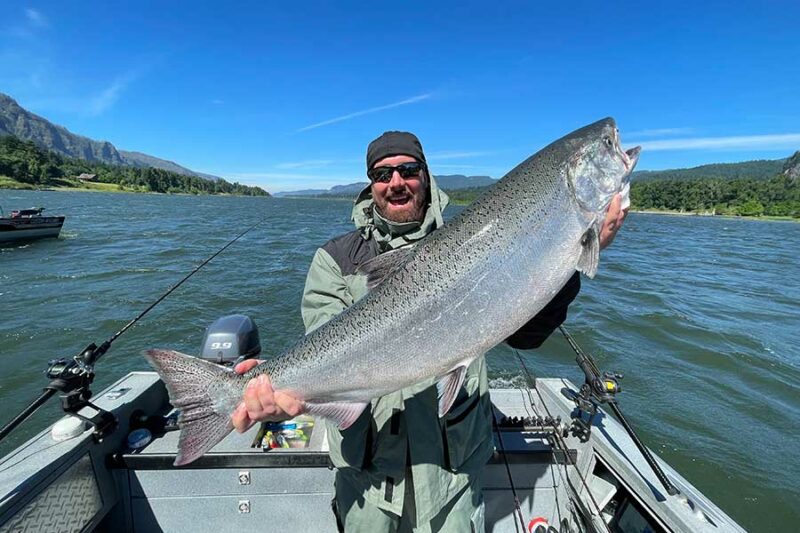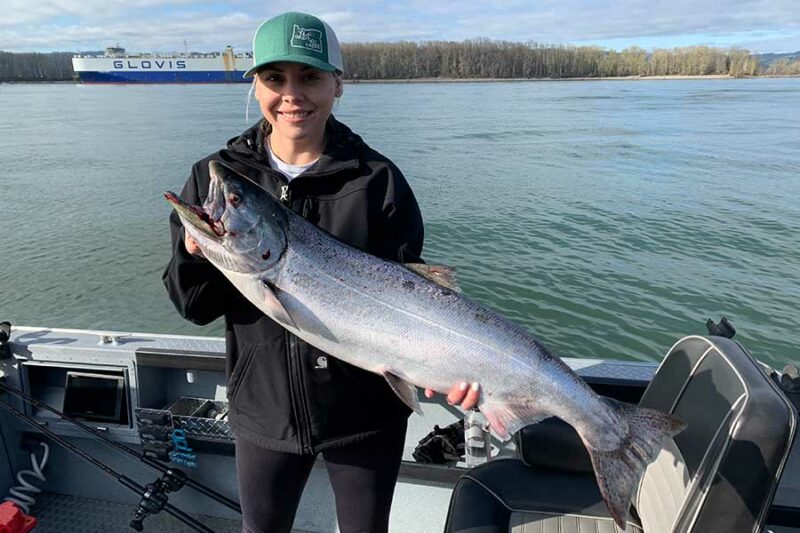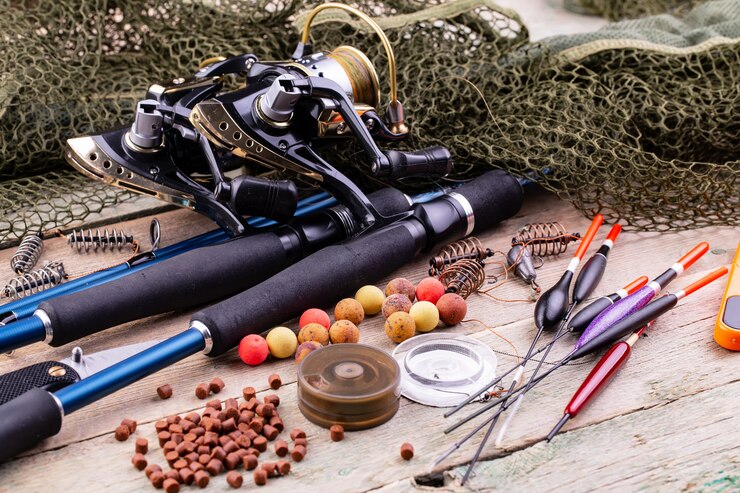Portland Winter Steelhead 2025–2026 Forecast and Best Spots to Fish
Cold mornings, emerald water, and chrome-bright fish sliding into familiar travel lanes. That is the promise of Portland winter steelhead this season. The 2025 to 2026 outlook favors anglers who time weather windows, read flows, and fish with a plan. If you want an efficient path to results, Hook’em Up Guide Service can help you match tactics to the day and stay safe while you do it.
Portland Winter Steelhead Forecast 2025–2026
Expect the first trickle of hatchery fish around Thanksgiving, then a steady build through December. January often brings the most consistent action on clipped fish, while February and March see a stronger wild component in many Portland area rivers.
Watch the simple cues. After a rain, rising water moves steelhead. As levels fall and clarity improves, fish settle into soft seams and tailouts. River temperature matters too. When mornings start near freezing, the bite often improves from late morning through mid-afternoon as the water warms a couple of degrees.
Snowpack and storm track will shape the peaks. A colder pattern keeps rivers stable and clear, which rewards light gear and precise presentations. A run of warm storms can blow things out, but the quick drop that follows often delivers the best two or three days of the month. Plan to fish the drop rather than the spike, and you will be in front of fresh arrivals.
Best Spots Near Portland

Willamette River Highlights
The lower Willamette is a travel corridor more than a destination, yet it quietly produces for anglers who work known waypoints. Focus on the big confluence water near the mouth of the Clackamas and on classic tailrace travel lanes below Willamette Falls.
Shore access at large public parks makes this a practical weekday option close to town. Willamette River steelhead move most in stable, green flows, so watch clarity and give it time after major rain.
Sandy River Highlights
Sandy River steelhead draw Portland anglers for good reason. The river fishes well from the lower parks up through Oxbow and into the upper access near Dodge Park and beyond. Early hatchery fish show in December, then the river stays interesting well into February and March.
In high water, target inside bends, bouldery breaks, and soft edges. As flows drop, work tailouts and mid river trenches. The Sandy often drops into shape faster than larger systems, which creates short, excellent windows.
Clackamas River Highlights
Clackamas River steelhead offer a long, forgiving season with plenty of public access. Look to well-known day-use parks and boat ramps along the highway corridor for practical entry. Early fish trickle in by late November, with broader hatchery opportunity in January, then a later push that keeps the upper river interesting into March.
When the mainstem runs high and brown, smaller tributaries in the basin clear sooner and can fish first. When the Clackamas turns that perfect green, plan to cover water and keep your gear near the bottom.

Cold-Season Tactics That Consistently Produce
From the bank, two approaches lead the pack. Float fishing with a slip bobber and a 1/8 to 1/4 ounce jig or bead keeps your presentation in the strike zone and reduces snags. Adjust depth until you occasionally tick bottom, then let the float travel at the speed of the soft seam. Traditional drift gear still shines in bouldery slots and deeper chutes, especially with small clusters of eggs, a pink worm, or yarn and bead combinations.
From a boat, side drifting and bobber dogging let you present lighter offerings over long drifts with natural speed. When fish are traveling, pulling plugs like MagLip or Kwikfish can be deadly, especially with a light wrap for added scent. Match your plan to conditions. Size up colors and weights in stained water. Downsize jigs, leaders, and beads when the water turns low and clear. In true midwinter cold, slow your swing and put the lure on the fish’s nose.
Flows, Weather, and When to Go
Pick your days by watching gauges and turbidity. The sweet spot is the drop after a storm when levels fall, color turns green, and visibility sits around two to four feet. Smaller systems and upper reaches usually come into shape first, followed by the bigger, lower river water. Weekdays offer a real edge.
Fewer boots on prime runs means fish hold longer and move more naturally. On freezing mornings, do not rush. Many winter bites happen late morning through early afternoon when the water ticks up a couple of degrees.
Regulations and Safety Essentials
Keep only hatchery steelhead with a clipped adipose fin. Release wild fish quickly in the water with barbless hooks, a rubber net, and calm handling. Record harvest on your tag and review current ODFW rules before each trip, including any Columbia Basin endorsements that apply.
Dress for immersion, not just for air temperature. Layer synthetics or wool, seal your waders with a snug belt, and carry a dry bag with spare gloves and a warm top. Use a wading staff in pushy currents. If you run a boat, wear a life jacket, and be conservative in high flows or poor visibility.

Guide or DIY, Choosing the Smart Path
You can learn these rivers on your own, and many anglers do. Winter rewards time on the water, sharp adjustments, and a willingness to move. A day with Hook’em Up Guide Service compresses that learning into one focused session. We track flows, clarity, and pressure daily, then select the right venue and technique for your date.
You fish proven water from a safe, well-equipped boat with tuned gear, quality bait, and instruction that explains the why behind each move. Families and first-timers benefit from the comfort and structure. Experienced anglers get refined tactics and a faster route to results.
Ready to target winter chrome while the conditions line up? Book your Portland area winter steelhead trip with Hook’em Up Guide Service today and fish smarter this season. When Portland winter steelhead are on the move, timing and execution matter. We will help you make the most of every window.
